Contents
Landmarks
Print Page List
PRINCE: THE LAST INTERVIEW AND OTHER CONVERSATIONS
Copyright 2019 by Melville House Publishing
First Melville House printing March 2019
Nelson finds it hard to become known by Lisa Crawford was first published in February 1976 by the Central High Pioneer, a student journal published by the Minneapolis Central High School.
Prince by Lisa Hendricksson (April 8, 1977) was reprinted with permission of The Minnesota Daily.
A Dirty Mind Comes Clean by Andy Schwartz, first published in the New York Rocker in June 1981, was reprinted with permission of Rocks Backpages.
Princes First Ever Interview for Television originally aired November 15, 1985. MTVs 1985 Prince Interview used with permission by MTV. 2018 Viacom Media Networks. All Rights Reserved. MTV, all related titles, characters and logos are trademarks owned by Viacom Media Networks, a division of Viacom International Inc.
Pleased to Meet You by Adrian Deevoy, first published in Q Magazine (#94) in July 1994, was reprinted with permission of Rocks Backpages.
A Prince of a Guy by Catherine Censor Shemo, first published in Vegetarian Times in October 1997, was reprinted with permission of Clean Eating and Vegetarian Times.
Sites O the Times 1997 by Ben Greenman was first published in Yahoo! Internet Life in October 1997.
Soup with Prince by Claire Hoffman, first published in The New Yorker on November 24, 2008, was reprinted with permission of Cond Nast Inc.
A Final Visit with Prince: Rolling Stones Lost Cover Story by Brian Hiatt, first published in Rolling Stone on May 2, 2016. Copyright 2016 by Rolling Stone LLC.
Transcendence. Thats What You Want. When That HappensOh, Boy by Alexis Petridis, first published in The Guardian on November 12, 2015, was reprinted with permission of Guardian News and Media Ltd 2018. All rights reserved. Used by permission.
Every reasonable effort has been made to trace the owners of the copyright for Nelson finds it hard to become known, but this has proved impossible. The publishers and editors will be glad to receive any information leading to more complete acknowledgments for subsequent printings of this book.
The publisher thanks Christina Cerio for her editorial assistance on this bookit would not have happened without her.
Melville House Publishing
46 John Street
Brooklyn, NY 11201
and
Melville House UK
Suite 2000 16/18 Woodford Rd
London E7 0H2
mhpbooks.com
@melvillehouse
ISBN:9781612197456
Ebook ISBN9781612197463
A catalog record for this book is available from the Library of Congress.
v5.4
a
CONTENTS
INTRODUCTION
HANIF ABDURRAQIB
Like so many other American kids of the late 1980s and early 90s, I stumbled my way to musical consciousness during a time when music had become very self-conscious and, rather than feel otherworldly, I was listening to music that sounded like it was being made by regular people.
That changed when I was eight years old. At a friends house, I discovered a copy of Princes Dirty Mind, the cover of which features a photo of Prince in nothing more than a leather jacket and underwear, adorned only by a bandanna slung across his bare chest. It had a strange power: when my friends mother saw the album in my hands, my eyes magnetized by Princes image, she scolded me and took it away.
But Prince was unavoidable and provocative, someone who looked regal sitting on a purple motorcycle, his back haloed with smoke; someone who could dance with his ass out on television whether the parents of young viewers liked it or not. That the sight alone of this person could allure and frighten, that he seemed to exist outside of the streets of hip-hop and the suburbs of grunge, thats how I came to fall in love with Prince and what he stood for.
Dirty Mind had been released before I was born, and my generation would not inherit Prince the sex symbol. Instead we were given Prince the literal symbolistin an era when Prince replaced ostentatious lyricism with hermetic gestures toward ideasboth musical ideas and ideas of the self. He was The Artist Formerly Known as Prince, and then The Artist, and then The Gifted One, and then just 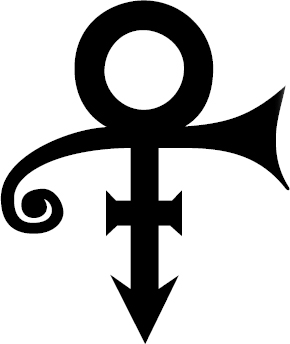 a glyph that could not be spoken out loud.
a glyph that could not be spoken out loud.
To call a musician ahead of his or her time is an oft-used phrase thatfar too commonlygets attached to some mundane or uneventful exercise: a suggestive lyric here, or a music video there. For Prince, to be ahead of ones time meant to have an active hand in both shaping musichow it would be heard, how it would be interpreted, how it would be distributedfor generations to come.
In 1996, around the time that Prince released Emancipationa three-disc, two-and-a-half-hour albumI embarked on a quest to figure out why Prince no longer wanted to be Prince. Even though by this time I was old enough to buy his albums for myself, this was surely a rash undertaking on my part. The year 1996 had been one of Princes most prolificalong with Emancipation there had been another album (Chaos and Disorder) as well as a soundtrack to the Spike Lee film Girl 6. You would not be able to define Prince by this material; instead, what you are given is a display of his superhuman capacity to hold so many other people inside of himselfthe sexual Prince, the ambitious Prince, the political Prince, the historical Princeand his ability to satisfy each of their sonic and aesthetic needs. Simply put, I ended up grasping at a multifaceted figure.
I didnt know it at the time, but Emancipation was the first work Prince released after he shook himself free of his Warner Bros. contract. Hence the title, hence the  and a pair of unshackled hands on the cover. I remember expecting an album as good as Purple Rain or Dirty Mind, but instead found the album uneven. It had the creative excitement and optimism of an artist tapping into an unbound imagination. I even recall pulling out the scroll of liner notes and finding every usage of the pronoun I replaced by a drawing of an eye symbol. But it challenged the very notion of curation. Warner Bros. didnt want to control the artist, I would later realize, they wanted to filter his output. And it was that difference and its implications that made my quest that much more difficult.
and a pair of unshackled hands on the cover. I remember expecting an album as good as Purple Rain or Dirty Mind, but instead found the album uneven. It had the creative excitement and optimism of an artist tapping into an unbound imagination. I even recall pulling out the scroll of liner notes and finding every usage of the pronoun I replaced by a drawing of an eye symbol. But it challenged the very notion of curation. Warner Bros. didnt want to control the artist, I would later realize, they wanted to filter his output. And it was that difference and its implications that made my quest that much more difficult.
One thing I did not have to aid me were words from Prince himself. He was a notoriously guarded interviewee, sometimes offering nothing more than a yes or no to an interviewers question. This stance goes back to even his earliest interviews. While happily conversant for a 1976 interview with his high school paper, only a year later, in an interview for the Minnesota Daily, a reticent eighteen-year-old Prince had emerged. The interviewer only includes, or is only allowed to include, a paltry number of quotes. Yet what she takes away is juicy, even if, as she notes, Princes impatience at having to sit through an interview is obvious.

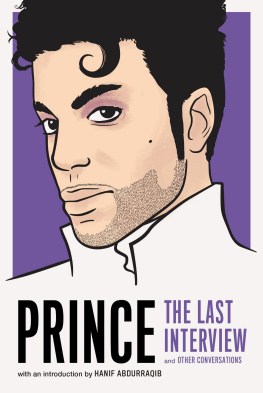
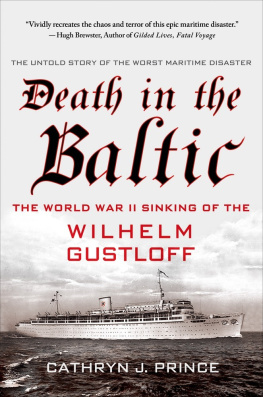
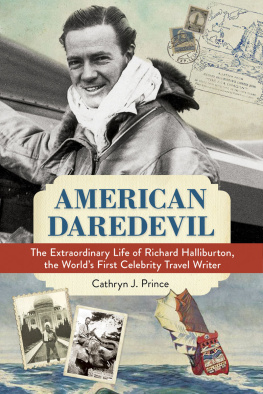

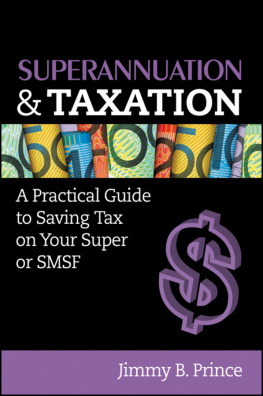
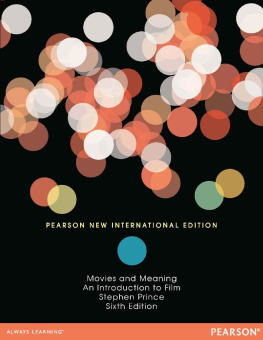
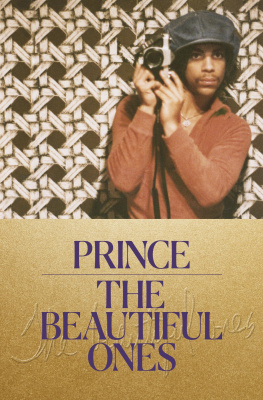
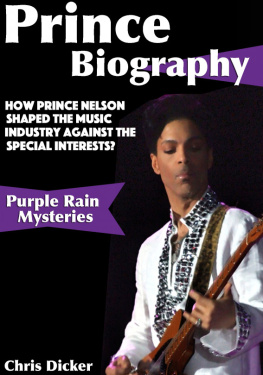



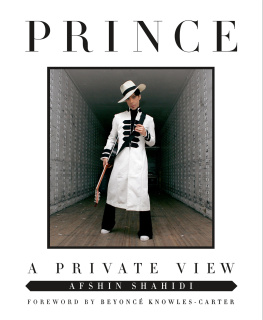
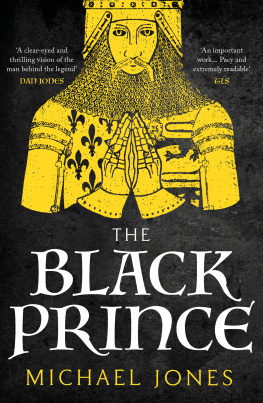
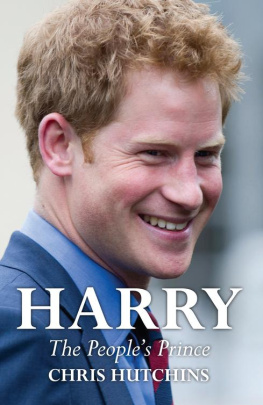




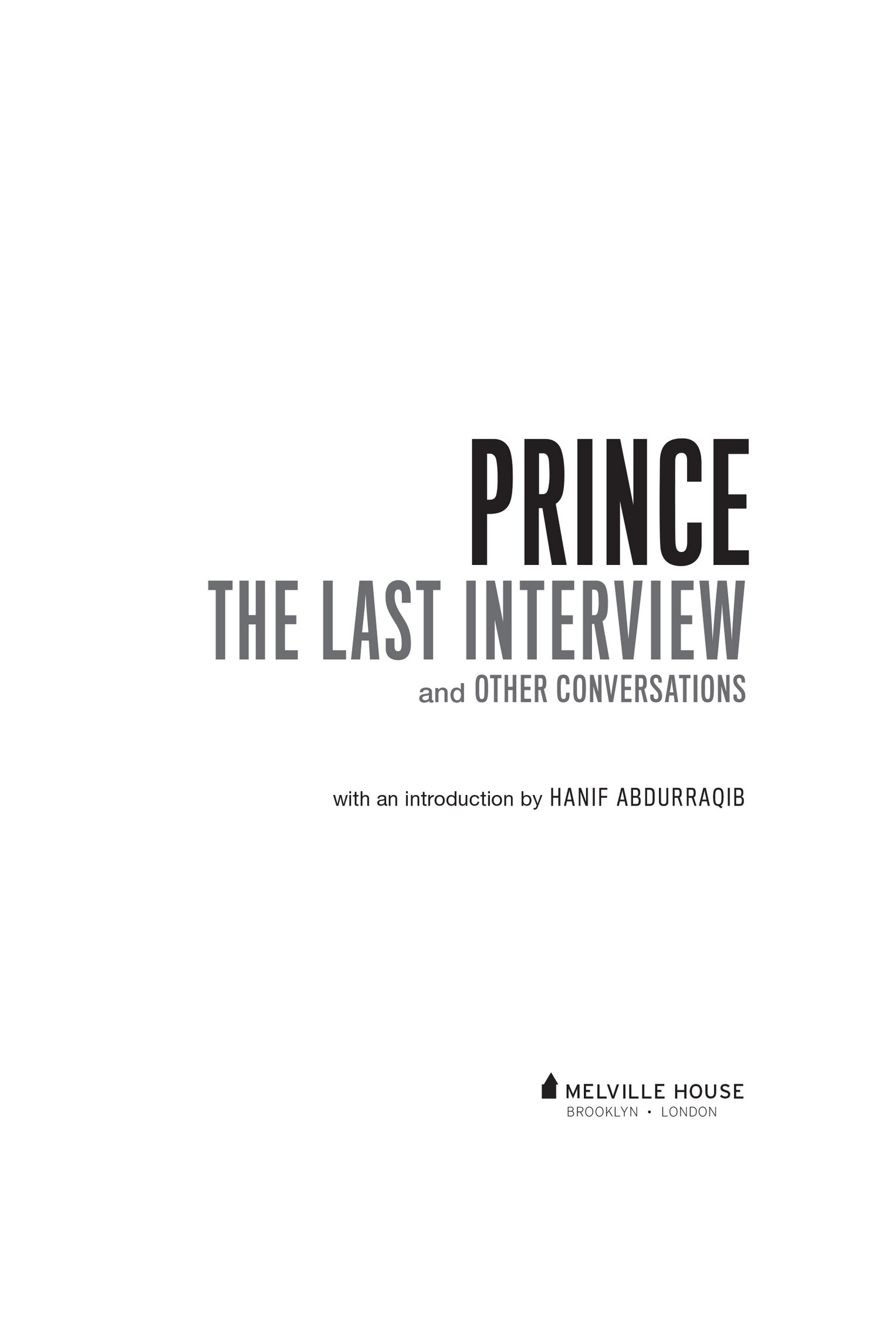
 a glyph that could not be spoken out loud.
a glyph that could not be spoken out loud.